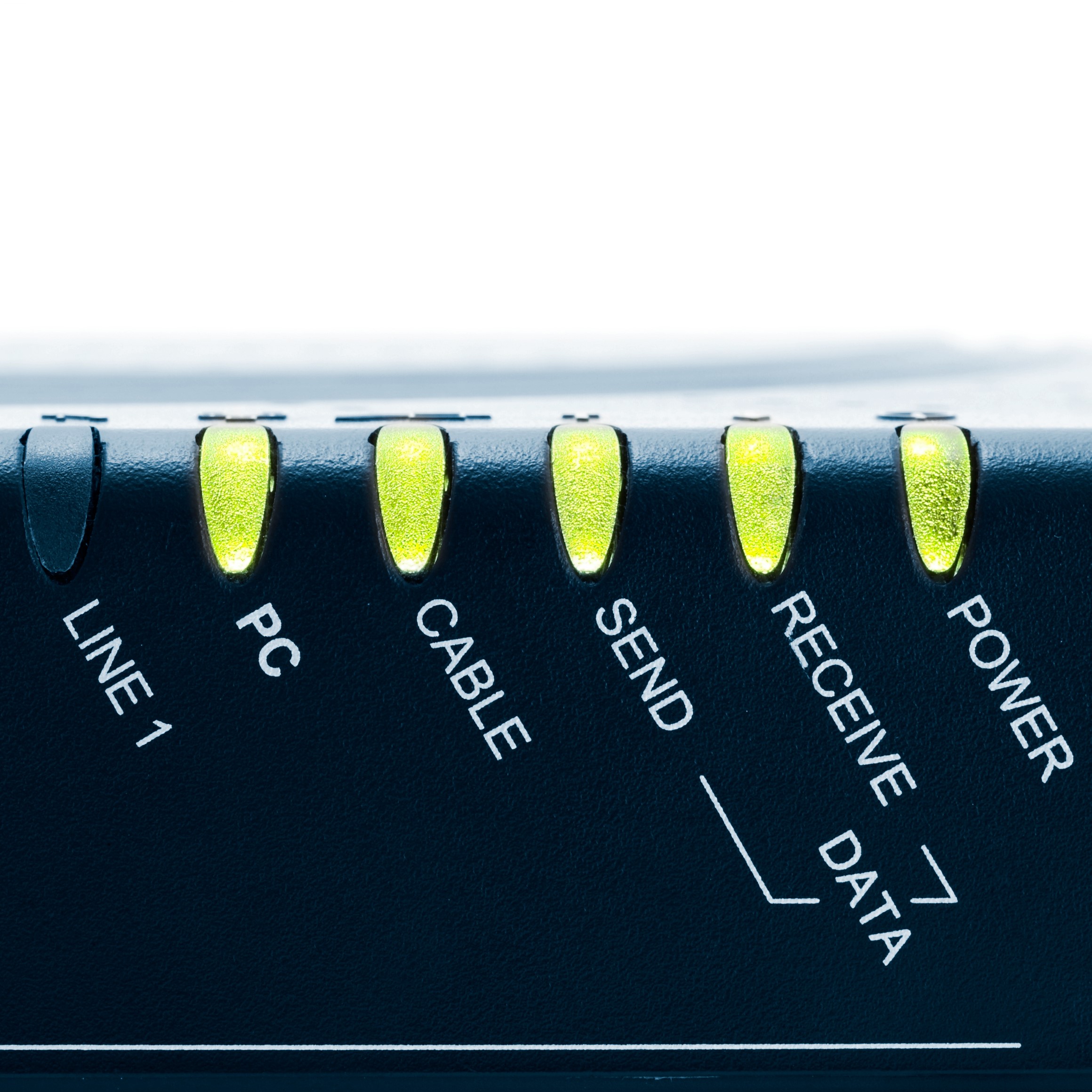CableLabs CEO Phil McKinney expects to see commercial availability of DOCSIS 4.0 equipment in 2024 or possibly a little sooner. He made his comments about DOCSIS 4.0 deployment timelines in a question-and-answer session with MoffettNathanson financial analyst Craig Moffett.
“Right now, you’re looking at certifications to kind of be towards the middle to later part of next year,” said McKinney.
Certification, he said, triggers field trials and deployments.
“Field trials are determined by the members themselves,” McKinney noted. “Many of the members have gear and they’re already using it in their labs. . . Some of our members that are very aggressive will be out of the gate very quickly when commercial products become available; others are taking a slower path, looking at DOCSIS 3.1, where they can, to upgrade to offer multi-gigabit speeds.”
CableLabs members traditionally were mostly North American cable providers but the organization now has strong representation from other parts of the world.
DOCSIS 4.0 Deployment Timelines
DOCSIS 4.0 technology aims to increase the speeds that cable companies’ hybrid fiber coax (HFC) infrastructure can support, including a big boost on the upstream side so that the cable companies can support symmetrical multi-gigabit speeds.
According to McKinney, DOCSIS 4.0 can support speeds of 9 Gbps downstream and 6 Gbps upstream, which closely matches what some CableLabs members have seen in lab testing.
Currently cable companies offer speeds of 1 Gbps or higher downstream, but upstream speeds may be as low as 20 Mbps, making it increasingly difficult to compete with network operators that have deployed fiber broadband that can support higher upstream speeds.
An important requirement for DOCSIS 4.0 is to adopt a high-split approach that expands the frequencies within the coaxial cable dedicated to IP. Traditional amplifiers support frequencies totaling 860 MHz; replacing them with high-split amplifiers boosts that to 1.5 GHz.
As Moffett noted, that may seem like a doubling of spectrum capacity, but actually increases the amount of spectrum allocated to broadband by a factor of five or six. The reason is that about 480 MHz of the traditional 860 MHz is dedicated to linear video and only 200 MHz may be dedicated to broadband, Moffett said.
With a high-split approach, the entire additional spectrum is dedicated to broadband; hence, the big jump in total broadband spectrum.
Moffett did his best to pin McKinney down on what high-split upgrades and broader implementation of DOCSIS 4.0 will cost.
“The members have all signaled their capital spend strategies,” McKinney said. “There’s not a big change.”
He added that “it’s slightly different across each of the members on what they’re prioritizing and what order they’re doing things.”



